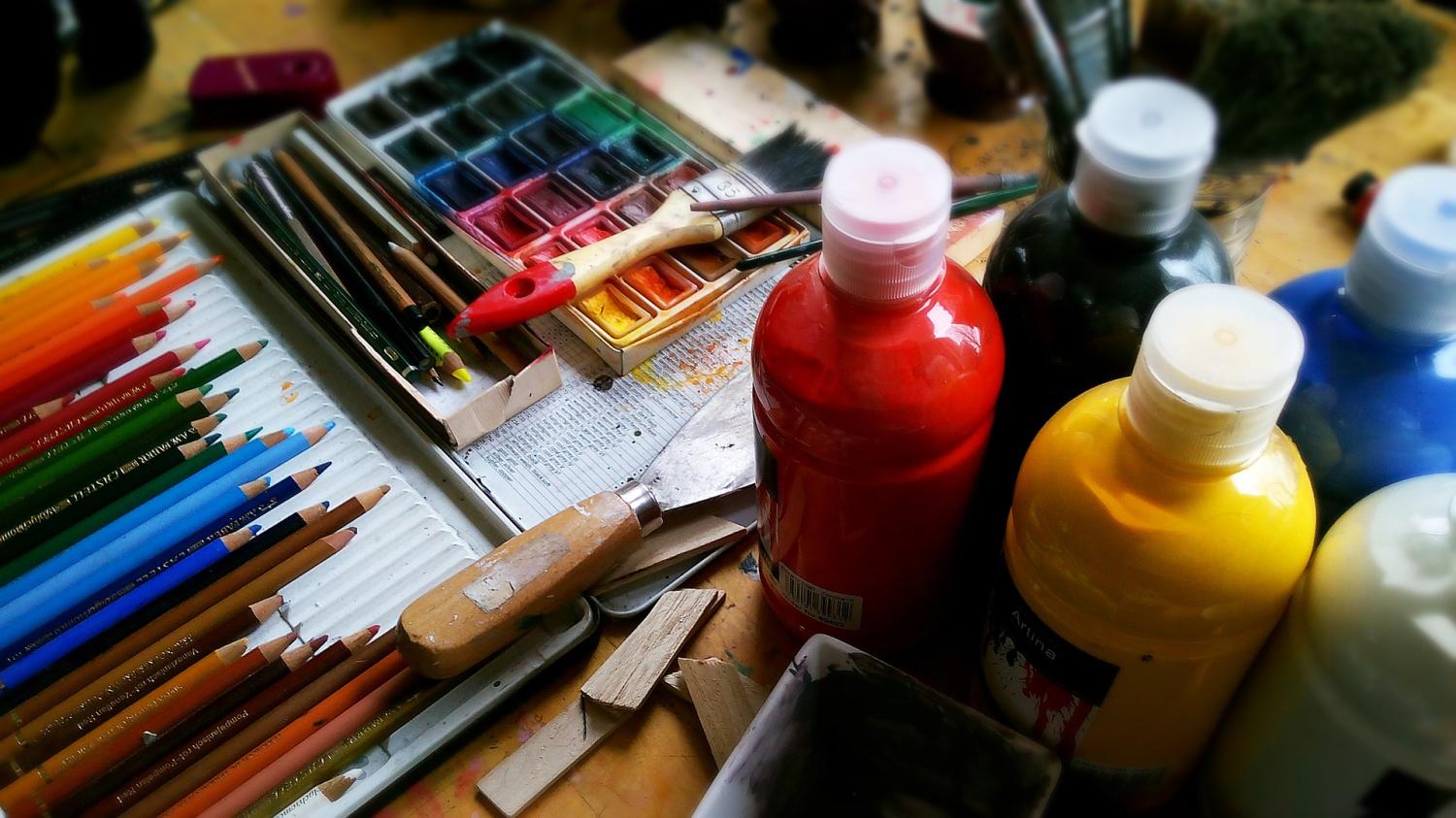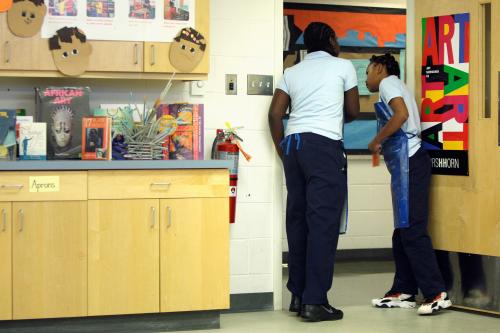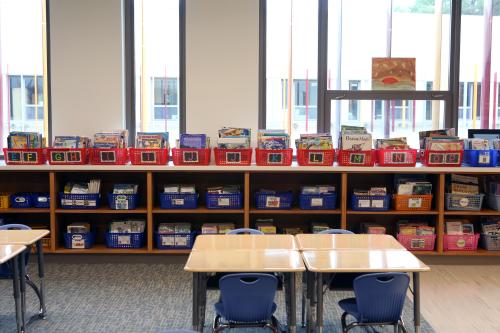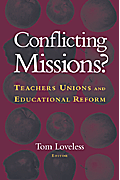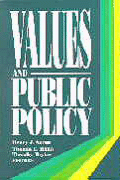Since the passage of the Every Student Succeeds Act (ESSA), there’s been much talk about the added flexibility for states to incorporate additional measures into their state accountability systems. ESSA allows states broader latitude to define school quality and ensure that students receive a “well-rounded education,” a definition that includes the arts and music.
Arts education advocates believe this departure presents an opportunity to restore the role of the arts in education. As the saying goes, “what gets measured gets done,” and many believe that arts education was crowded out by the No Child Left Behind Act’s focus on tested subjects and strict Adequate Yearly Progress measures. Now, as states look to broaden the scope of their accountability systems, many are considering whether to incorporate indicators of arts education. This policy brief seeks to provide states with a road map on how to best incorporate these measures.
NAEP’S 2016 ARTS ASSESSMENT
The current attention on the arts is timely. Last month, the National Assessment of Educational Progress (NAEP) released its 2016 Arts Assessment, providing a snapshot of arts education across the United States. In terms of performance on the assessments provided in the NAEP, which are limited to visual arts and music, students from higher-income families, suburban students, private-school students, and white students outperformed their peers.
The performance levels correlate to NAEP’s arts access outcomes, which vary widely geographically, with students in Northeastern states nearly twice as likely to take a visual arts course as students in Southern or Western states. While 68 percent of eighth graders in the Northeast reported taking at least one visual arts class in school, that number drops to 47 percent, 35 percent, and 33 percent in the Midwest, South, and West, respectively. The NAEP, however, is limited in depth and breadth, focuses solely on eighth graders, and generally lacks the type of school-level or student-level data that would allow policymakers to evaluate performance or access at a more localized level or over time.
CURRENT STATE AND DISTRICT ACCOUNTABILITY SYSTEMS
Some states and districts already incorporate arts education measures into their accountability systems. Looking to these leaders will provide useful lessons for others.
At the state level, New Jersey was first in the nation to include arts education measures as part of their annual School Performance Reports, starting in 2012-13. The New Jersey Arts Education Census Project is a mandatory school-level data collection effort spearheaded by the New Jersey Arts Education Partnership. New Jersey‘s School Performance Reports summarize the percentage of students enrolled in each artistic discipline (dance, music, theatre, and visual art) as well as the percentage of students enrolled in any arts discipline in middle and high school. Another leader in the field, Connecticut, includes the percentage of high schoolers enrolled in any arts course as one of 12 indicators that inform a school’s overall scores through the state accountability system.
Additionally, a number of large urban districts systematically collect arts indicators, such as New York City’s Annual Arts Education Survey, Chicago’s Creative Schools Initiative, Boston’s Public Schools Arts Expansion Initiative, and the Creative Advantage in Seattle. Although this district-level collection is not formally used in their state accountability policies, collecting and reporting these data provides transparency.
EARLY TRENDS IN 2017 ESSA PLANS
Most states will not submit new accountability plans until September 2017, but we’ve been able to analyze 12 states that already turned in ESSA plans. At this stage, the role of music and arts in state plans is promising.
Five states—Connecticut, Illinois, Louisiana, Massachusetts, and Michigan—as well as Washington, D.C., are including access and participation rates in arts and music education as part of their planned accountability systems. Thus far, these states are including arts measures as a component of “additional indicators” under ESSA’s required accountability systems. While these measures won’t have a lot of weight in accountability systems as currently written, laying the groundwork to collect and report these data will go a long way toward identifying access and gaps, while also demonstrating that state policymakers value arts education.
Additionally, Nevada will join New Jersey by including access and participation rates in the arts in its school report card system. Early signs suggest additional states will incorporate arts indicators into their ESSA plans, such as Arizona’s investigation into allowing schools to get “bonus points” based on student performance in the arts and North Carolina’s plan to add the arts as an additional indicator in their report card system. California policymakers working with the California Alliance for Arts Education and the National Arts Education Data Project have introduced legislation to encourage arts education data reporting in elementary schools.
STATE LONGITUDINAL DATA SYSTEMS AS A RESOURCE
Luckily, for most states, the decision to utilize arts measures isn’t dependent on creating new measures, but simply reporting on existing measures. Recently, there’s been significant progress in the deployment of state longitudinal data systems (SLDS) to manage education data by state departments of education.
SLDS manage all types of educational data, including tracking course availability, student enrollments, and teacher assignments for all “core content areas” per the Elementary and Secondary Education Act, which includes arts disciplines. As a result, many states already gather relevant arts education participation and staffing information from which to draw data elements for inclusion in ESSA accountability and school reports cards.
For states with SLDS, potential existing arts education measures that may be utilized include:
- Number of students enrolled in arts courses, total and by discipline
- Percentage of student arts enrollment, total and by discipline
- Number of certified or full-time arts teachers by discipline
- Student/arts teacher ratios, total and by discipline
- Number of distinct arts courses offered by discipline
All of these measures could be reported and would provide valuable information, but percentages and ratios are more indicative of arts participation and access than raw numbers. Reporting the percent of students enrolled in the arts provides a good sense of arts participation, and student/arts teacher ratios and course availability are good indicators of the level of arts access at a school. These descriptive characteristics should form the base level of reporting by a state.
WHAT ELSE COULD STATES MEASURE?
States looking to gather more than the low-hanging fruit available from SLDS can look to other exemplars at the state and local level. For example, the extensive New Jersey Arts Education Census Project measures grade-level hours per year of arts instruction for students in grades K-8 and school-level spending on the arts. Both of these indicators go further in determining the value put on the arts at the school-level and should be considered by any state interested in taking a more rigorous approach when evaluating trends in arts education. In New York City and Chicago, data are collected regarding the number of community arts partners (e.g., partnerships with art museums or performing arts centers), and New York City also collects data on the presence of arts facilities (e.g., a school theater, music room, film studio) and arts opportunities (e.g., concerts, theater performances). These measures are also strong signals of a campus-level commitment to the arts.
IMPROVED MEASUREMENT WILL PROMOTE BETTER RESEARCH
A persistent problem for arts education has been a lack of research, and much of this has been due to a lack of data. Providing basic data about arts participation and access will be a pioneering first step. An increase in the availability of arts indicators will facilitate future research that identifies the arts’ contribution to student, school, and academic success. Numerous studies have found correlations between arts education participation and improved student achievement, attendance, self-efficacy, engagement, critical-thinking, high school graduation, and post-secondary success. Existing studies, however, generally suffer from the dearth of quality data sources. Without information related to the amounts and types of arts education available and the benefits for students, educators are left ill-equipped to concentrate their efforts on particular programs or particular students. Better data would lead to more high-quality research about the benefits of arts education.
At the same time, data solely pertaining to arts access and participation will only inform us about inputs. Questions regarding the quality of programs offered will remain a thorny question for policymakers. As the past couple of decades have shown, there are no easy answers in the debate between accountability through inputs versus outputs. Inputs clearly signal some base level of resources as well as campus-level commitments and intentions, but they say nothing about the quality of programs. Outputs, conversely, attempt to measure quality—albeit imperfectly—but also risk distorting behavior and misaligning incentives. As arts indicators become more common, the right mix of measures will need to be negotiated between researchers, practitioners, and policymakers.
SUNSHINE AND SHAME, OR CARROTS AND STICKS?
Measurement for accountability purposes comes with many political considerations. While the punitive characteristics of No Child Left Behind largely led to its unpopularity, most still agree that shining light on school quality through data led to the widespread recognition of large gaps in educational quality.
How states use arts measures will carry these same considerations. They could be used to simply inform parents and policymakers about the conditions at a school, or schools could gain or lose points based on arts access or participation in a more formal accountability system. Either approach will help ensure schools meet certain benchmarks—even without formal punitive measures, making data visible is in itself a form of public accountability. Given that all states require some level of arts learning and ESSA’s inclusion of the arts and music as components of a “well-rounded education,” including arts measures somewhere within an accountability system is fair game.
Simultaneously, it may be difficult to differentiate schools that lack the resources to focus on the arts from schools that simply haven’t prioritized learning in the arts. State policymakers will have to carefully navigate an approach that drives reflection and improvement without shaming or penalizing under-resourced schools.
A prime example was policymakers’ reaction to New York City’s “State of the Arts” report in 2014, which relied on data made available from the city’s Annual Arts Education Survey. After identifying that a lack of access to the arts was correlated with schools located in New York’s poorest neighborhoods, the city dedicated $23 million in additional arts funding to hire 120 new certified arts teachers for underserved schools, increased funds dedicated to training arts teachers, and increased funding for school-based arts facilities.
Similarly, in Boston, a districtwide inventory showed that only one in four Boston public high schools offered arts instruction to more than a quarter of their students. The recognition of this disparity led to improvement efforts, resulting in an eventual increase of 80 percent more full-time arts teachers in Boston Public Schools.
PROMOTE THE ARTS THROUGH MEASUREMENT
At the very least, most would agree that more granular data is desperately needed to monitor trends in arts education, identify gaps across schools, and provide parents with information. As has become typical in education, data often reveal disparities between schools primarily serving low-income families compared to their more advantaged peers, gaps between urban, suburban, and rural schools, and a lack of resources in schools primarily serving students of color. Where quality data exist, this same pattern holds true for arts education.
ESSA presents a timely opportunity for states to adopt policies that facilitate accountability and comparability in arts education through measurement. In many cases, the burden on states would be minimal. Making existing data publicly available and incorporating it as a measure of school quality is an easy first step. Adding basic measures to state accountability systems, such as the percentage of students enrolled in the arts, student/arts teacher ratios, and arts course availability, would facilitate an informed appraisal of the state of arts education and incentivize schools to promote arts education. States looking to prioritize and understand the important ingredients of a well-rounded education need to do a better job of measuring—and reporting—those ingredients.
The Brookings Institution is committed to quality, independence, and impact.
We are supported by a diverse array of funders. In line with our values and policies, each Brookings publication represents the sole views of its author(s).
